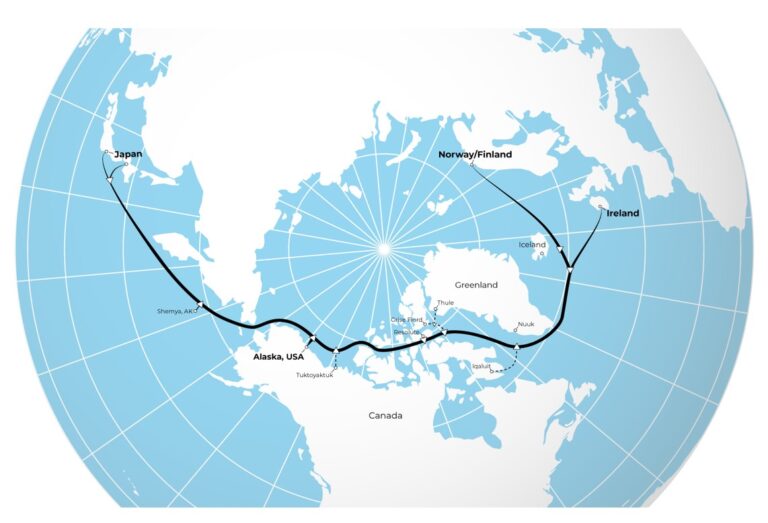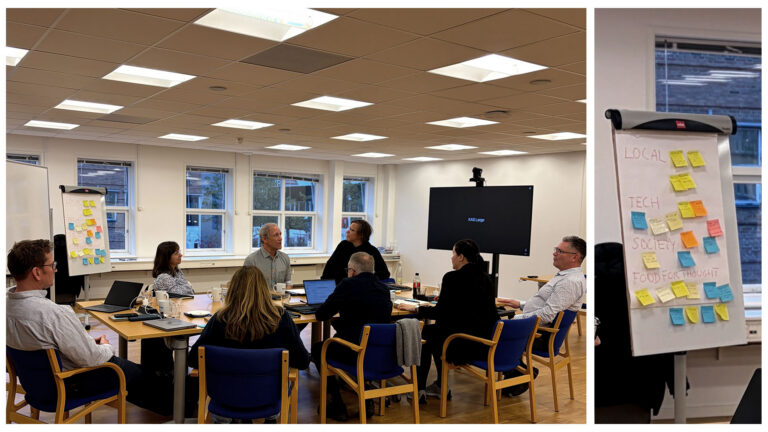In a presse release on 2 December 2022, Far North Fiber, Inc has announced a Letter of Intent signed with NORDUnet, wherein NORDUnet express interest in a dedicated fiber pair in the FNF Submarine Cable System between Norway/Finland and Japan. This could potentially also include other landing points pending interest from Research & Education Network organizations.
The new Far North Fiber (FNF) cable system will open a new, high-secure and fast route connecting three continents in the global R&E community. It is good news for users in the research and education communities of the Nordic countries that an entirely new high-capacity route is under development by an international joint development company Far North Fiber, Inc.
The FNF Submarine Cable System will interconnect Scandinavia and Japan through the Northern Arctic. The cable project will be executed together by Cinia Oy from Finland, Far North Digital from the US and ARTERIA Networks Corporation from Japan. It is estimated that the nearly 17,000 km cable system will be ready for service by the end of 2026.
Acquiring a fibre pair on FNF will be part of the realization of the NORDUnet and the Nordic NREN Vision 2030 to promote the arctic and sub-arctic as a key area for the digital transition of Europe and the world, creating gravity north for digital resources and enterprise as well as research. Creating polar connectivity to Asia and North America, offering the Nordic countries and all of Europe new, high-capacity, low-latency links, is an underpinning of Vision 2030.
The Nordics are in a unique position to pioneer a fiber pair for Nordic and European Research and Education, on a completely new route. This project, once realized, will enhance the collaboration landscape between R&E partners in the Nordics, Europe, North America and Japan. In addition, it will boost Nordic regional development and significantly enhance European digital sovereignty, says NORDUnet CEO Valter Nordh.
This fiber pair in the FNF cable system will be among the first intercontinental fiber pairs in history owned and managed by the research and education communities. The ownership will contribute to securing connectivity in an age where the ability to transmit large data sets and conduct distance learning and conferencing is absolutely imperative. On top of that, R&E users in all of Europe will experience further benefits in terms of lower cost, access to larger bandwidths, improved latencies and increased resilience.











